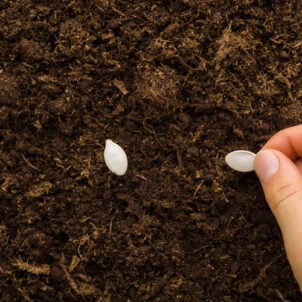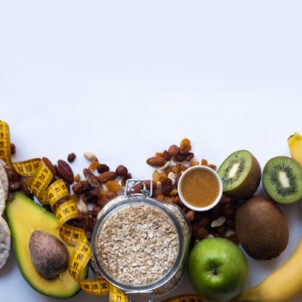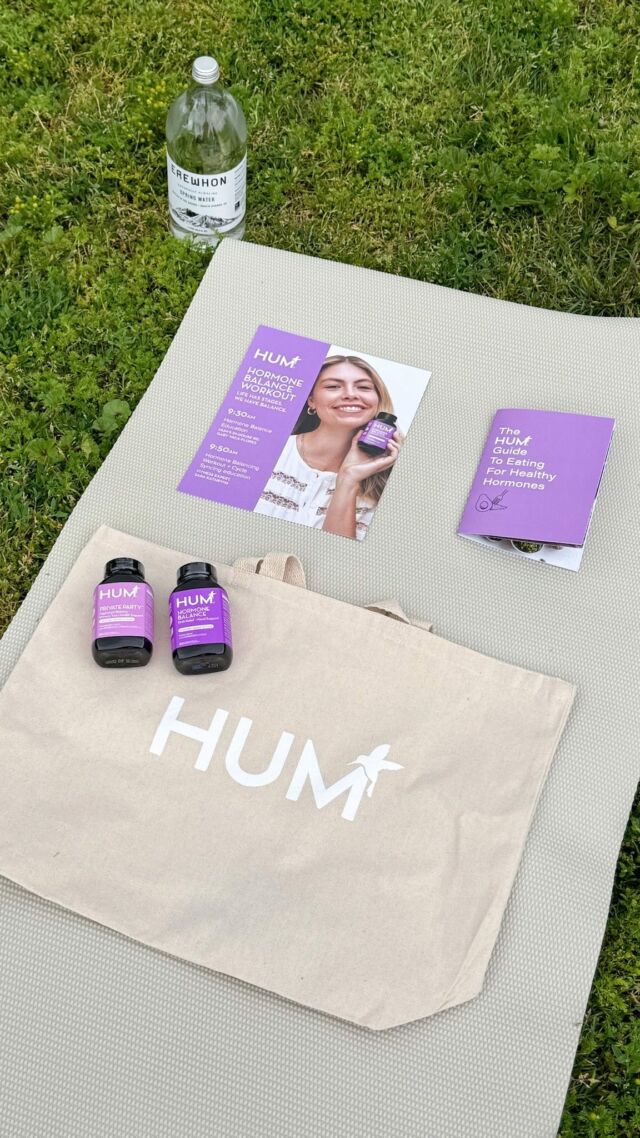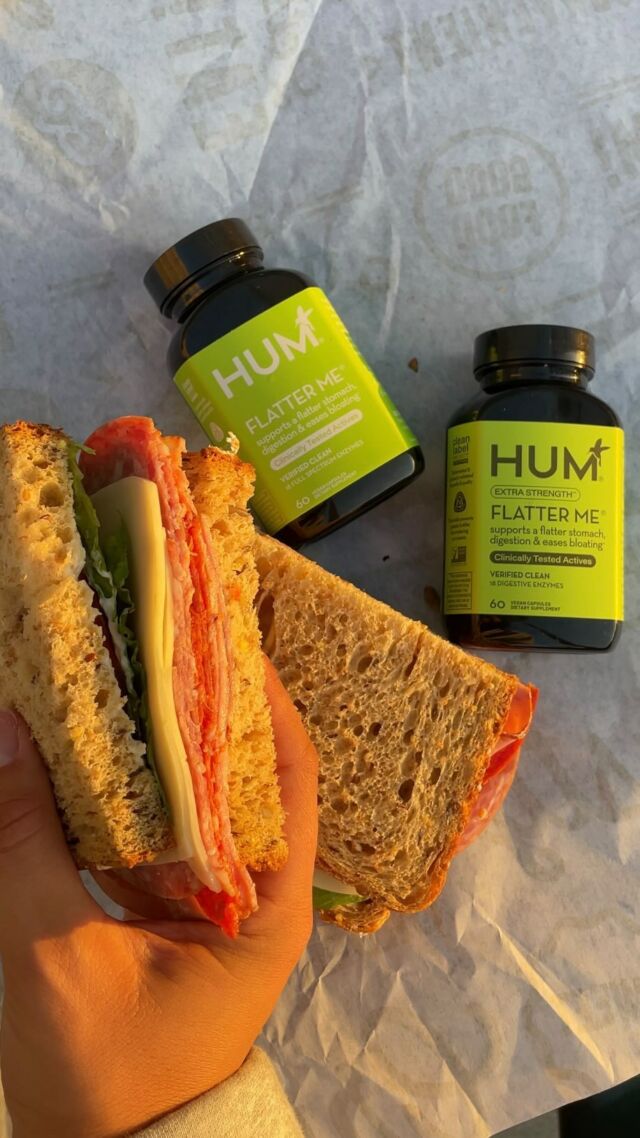Our bodies undergo some pretty incredible — and sometimes surprising — changes as we age. One thing that can be hard to anticipate is how our hormonal balance can shift throughout different seasons of life.
Many factors affect what’s going on with your hormones. The good news is that you can positively influence them through daily lifestyle habits, like nutrition. Eating in a way that promotes healthy hormone balance is key. And don’t worry, it doesn’t require spending tons of money or hours meal prepping. Keep reading for some easy tips and hormone-balancing diet ideas.
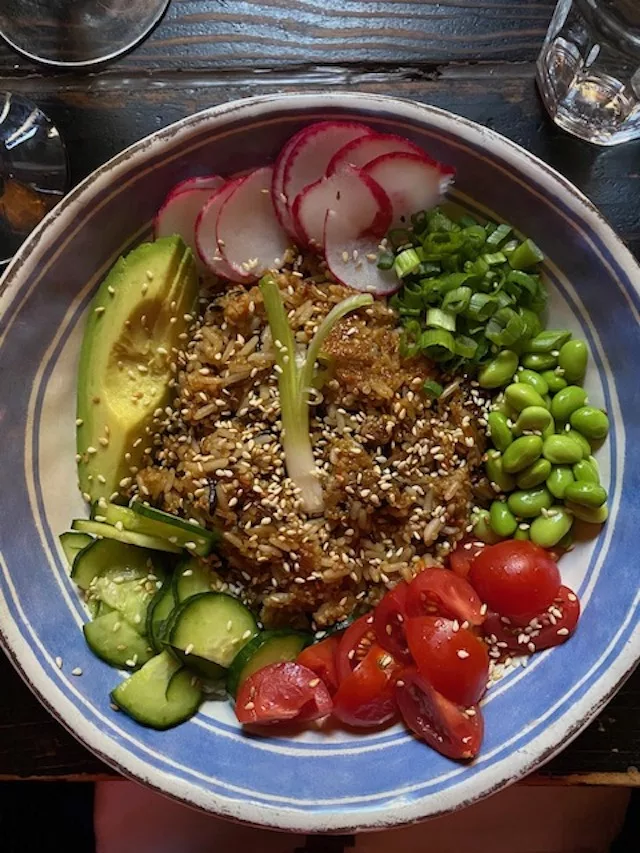
What Causes Hormone Imbalance?
“When you consider everything we’re exposed to on a daily basis, including internal and external factors, it’s not really surprising that our hormones can unintentionally get out of whack,” says Lauren Panoff, MPH, RD.
Some things that can disrupt healthy hormones include:
- Stress, which can lead to an overproduction of cortisol (“the stress hormone”)
- Age-related changes, such as menopause
- Certain medical conditions, like polycystic ovary syndrome (PCOS), thyroid disorders, and diabetes
- Ongoing lack of sleep
- A sedentary lifestyle
- Exposure to environmental toxins around us, like pesticides, chemicals in personal care products, and bisphenol A (BPA) in plastics
- Diet, which we’ll be focusing on in this article
Hormone imbalance can manifest in various ways, including ongoing fatigue, unexplained weight gain or difficulty losing weight despite efforts, and irregular menstrual cycles or reproductive issues for women. Other common indicators may include mood swings, insomnia, acne breakouts, and reduced libido.
Whenever you’re experiencing odd symptoms with your body, it’s always a good idea to reach out to your healthcare provider. In the meantime, you can also focus on things you can control, like creating a healthier hormone-balancing diet pattern.
Worst Foods for Hormone Balance
Certain foods and ingredients are more likely to disrupt hormone balance. “Unfortunately, these also tend to be the types of things that make up much of the Western diet pattern,” says Panoff. She continues, “They’re widely available, convenient, and generally inexpensive.” Being aware of how they’re showing up in your life is a great first step.
Furthermore, eating a Western diet is associated with a higher risk of obesity which is often associated with hormonal imbalance. Research shows that an altered gut microbiome (the community of microbes living in your digestive tract) and dysregulated satiety-promoting hormones are common in obesity.
Limit the following for better hormone balance:
- Ultra-processed foods: These foods have been processed to a degree that you can’t tell what the original whole-food ingredients were. For example, a crinkly package of potato chips, a can of sugary soda, or a fast food hot dog. These foods are usually high in saturated fat, sodium, and added sugar, but low in beneficial nutrition.
- Fried foods: Foods fried in oils can be high in saturated fat and promote inflammation, which works against healthy hormone balance. Examples include fried chicken, chicken nuggets, onion rings, donuts, and mozzarella sticks.
- Excessive caffeine: The link between caffeine and hormones is still evolving, but some evidence suggests that excessive consumption of this stimulant may reduce estrogen levels. Stick to a modest couple of cups a day if you’re a caffeine drinker.
- Excessive alcohol: Alcohol denatures protein hormones involved in important processes like lactation, physical growth and development, and insulin sensitivity. Moderate alcohol intake is defined as 2 drinks or less per day for men or 1 drink or less per day for women.
Best Foods for Hormone Balance
On the other hand, there are certain foods and compounds that our hormones love. When considering how you can adjust your diet to support hormonal health, focus on:
- Protein-rich foods: Your body needs amino acids to make hormones. Foods rich in protein also help stimulate hormones related to your satiety, which helps regulate your hunger-fullness cues. For instance, legumes, soy, and fish.
- Complex carbohydrates: Unlike their refined counterparts, complex carbs are high in fiber. This essential nutrient slows digestion and promotes a steadier release of insulin when you eat. Getting enough fiber also supports a healthy gut microbiome and the production of hormones like dopamine and norepinephrine. Examples include whole grains, nuts, and seeds.
- Healthy fats: Including unsaturated plant-derived fats in your diet is associated with improvements in testosterone levels, estrogen levels, reduced inflammation, and the release of the digestive hormone cholecystokinin. Examples include nuts, seeds, avocados, and olive oil.
- Antioxidants: Antioxidants neutralize harmful free radicals that can disrupt hormone production and signaling pathways. By reducing oxidative stress in the body, antioxidants help protect hormone-producing glands, like the thyroid and adrenals. Colorful fruits and veggies are fantastic sources of antioxidants.
10 Hormone-Balancing Diet Ideas
Ready to get started? Here are 10 delicious, easy-to-make plates that are nutrient-dense and can support a hormone-balancing diet.
1. Balanced Protein Breakfast Bowl
Start your morning with a solid dose of protein either from eggs or tofu, paired with healthy fats from avocado and pumpkin seeds, and fiber from quinoa and spinach. Panoff notes that tofu has a similar texture to scrambled eggs, takes on any flavor, and helps keep you full.
Ingredients: Scrambled eggs (or crumbled tofu), avocado slices, spinach, quinoa, and pumpkin seeds.
How to Make It: Cook quinoa and spinach together, then top with scrambled eggs (or tofu), avocado slices, and pumpkin seeds.
2. Overnight Oats with Berries and Almonds
To save time in the morning, create breakfast at night by allowing this combination of healthy fats and fiber to marinate into deliciousness overnight. Panoff recommends using soy milk because of its higher protein content compared to other non-dairy options.
Ingredients: Rolled oats, unsweetened soy milk, chia seeds, mixed berries, and almonds.
How to Make It: Mix rolled oats, soy milk, and chia seeds together in a sealable mason jar. Let it sit overnight in the fridge. In the morning, top with mixed berries and almonds.
3. Grilled Salmon with Quinoa and Steamed Vegetables
Salmon is packed with healthy omega-3 fats and protein. Combine it with fiber-rich quinoa and steamed veggies for a balanced lunch or dinner plate.
Ingredients: Grilled salmon fillet, cooked quinoa, steamed broccoli, and carrots.
How to Make It: Grill salmon, cook quinoa, and steam broccoli and carrots. Serve together as a balanced meal.
Supplement Idea: OMG! Omega The Great
4. Chickpea and Avocado Salad with Lemon-Tahini Dressing
Chickpeas (garbanzo beans) are a simple and inexpensive source of protein and fiber, whether you cook them or purchase them canned. Avocados, tahini, and olive oil provide healthy unsaturated fats, paired with fiber and antioxidants from veggies.
Ingredients: Chickpeas, avocado slices, mixed greens, cherry tomatoes, cucumber, and a dressing made with lemon juice, tahini, and olive oil.
How to Make It: Toss chickpeas, avocado, mixed greens, cherry tomatoes, and cucumber together. Drizzle with the lemon-tahini dressing.
5. Mediterranean Stuffed Bell Peppers
Get a dose of veggies by using bell peppers as the base for this hormone-balancing meal. Stuff them with a whole grain like quinoa, along with protein-rich chickpeas (or other beans you have available), spices, and veggies. Simply stuff, bake, and enjoy.
Ingredients: Bell peppers, cooked quinoa, chickpeas, diced tomatoes, feta cheese, olives, and Mediterranean spices (such as oregano and parsley).
How to Make It: Cut bell peppers in half and remove seeds. Fill each half with cooked quinoa, chickpeas, diced tomatoes, feta cheese, olives, and Mediterranean spices. Bake until the peppers are tender and the filling is heated through.
6. Quinoa and Black Bean Bowl
Bowls are a great meal option because they don’t have to follow any rules. Combine ingredients you have on hand that incorporate a balance of nutrients. For example, quinoa or brown rice, canned beans or lentils, greens, avocado, and other veggies you have available.
Ingredients: Cooked quinoa, black beans, roasted sweet potatoes, sautéed kale, avocado slices, and a drizzle of tahini dressing.
How to Make It: Arrange cooked quinoa, black beans, roasted sweet potatoes, and sautéed kale in a bowl. Top with avocado slices and drizzle with tahini dressing.
7. Stir-Fried Tempeh with Broccoli and Brown Rice
“Tempeh is made from fermented soybeans, making it a natural source of probiotics that support a healthy gut microbiome,” says Panoff. She continues, “If you don’t like the bitter taste of tempeh, steam it for a few minutes before cooking.”
Ingredients: Tempeh slices, broccoli florets, bell peppers, onion, garlic, ginger, soy sauce, extra virgin olive oil, cooked brown rice, and raw cashews.
How to Make It: Stir-fry tempeh slices lightly with olive oil, broccoli, bell peppers, onion, garlic, and ginger in soy sauce. Serve over cooked brown rice and top with raw cashews.
8. Lentil Lettuce Wraps with Crunchy Vegetables
Lentils are part of the legume family (with beans and peas). They’re an excellent source of protein and fiber to support hormonal balance and satiety. Pair them with crunchy veggies for a satisfying light plate.
Ingredients: Cooked or canned drained lentils, lettuce leaves, shredded carrots, sliced bell peppers, and sliced cucumber.
How to Make It: Fill lettuce leaves with lentils and top with shredded carrots, sliced bell peppers, and cucumber.
9. Dark Chocolate and Almond Butter Banana Bites
Supporting healthy hormones doesn’t mean you have to skip dessert. This is a simple combination of antioxidants from dark chocolate (Panoff recommends choosing 70% cocoa or higher), healthy fats and protein from almond butter, and naturally sweet, fiber-rich bananas.
Ingredients: Banana slices, almond butter, and dark chocolate chips.
How to Make It: Spread almond butter on banana slices and top with dark chocolate chips for a satisfying sweet treat.
10. Chia Seed Pudding with Coconut Milk and Fresh Fruit
Chia seeds may be small, but they’re mighty. These little seeds are packed with protein, fiber, and omega-3 fats. They form a gel when mixed with liquid, making them a great option for homemade healthy pudding. Top your sweet treat with fresh berries for antioxidants and loads of other nutrients.
Ingredients: Chia seeds, coconut milk, vanilla extract, and fresh fruit (such as berries or mango).
How to Make It: Mix chia seeds, coconut milk, and vanilla extract. Let it sit in the fridge until thickened. Serve topped with fresh fruit.
Try a Hormone-Balancing Diet Today
Hormones can feel tricky, but you have more influence on their balance than you might think. Nutrition is one of the most influential factors.
Designing a hormone-balance diet means prioritizing minimally processed ingredients that provide protein, healthy fats, fiber, and antioxidants. It also means avoiding ultra-processed foods that are high in sodium, added sugar, and saturated fats. Consider the ideas above when putting together easy plates that support hormonal wellness.

